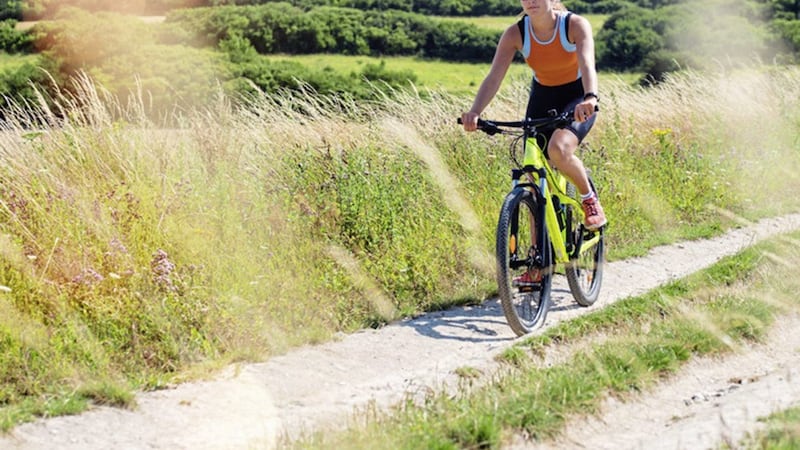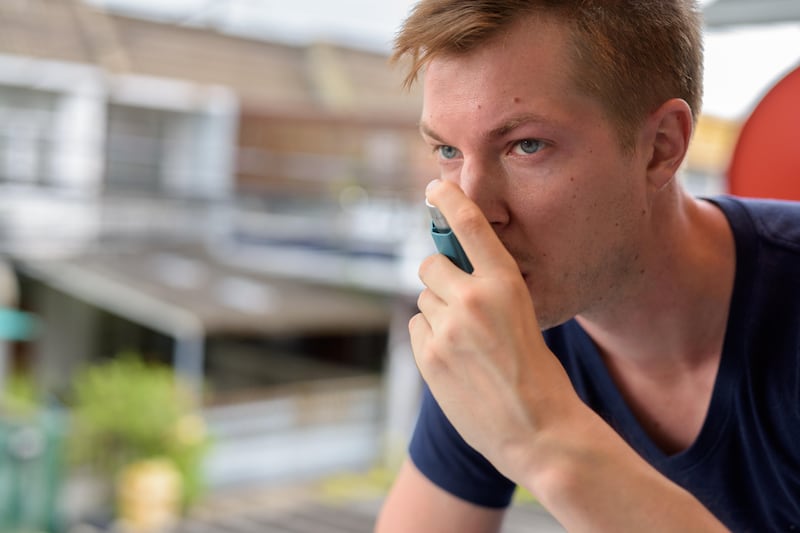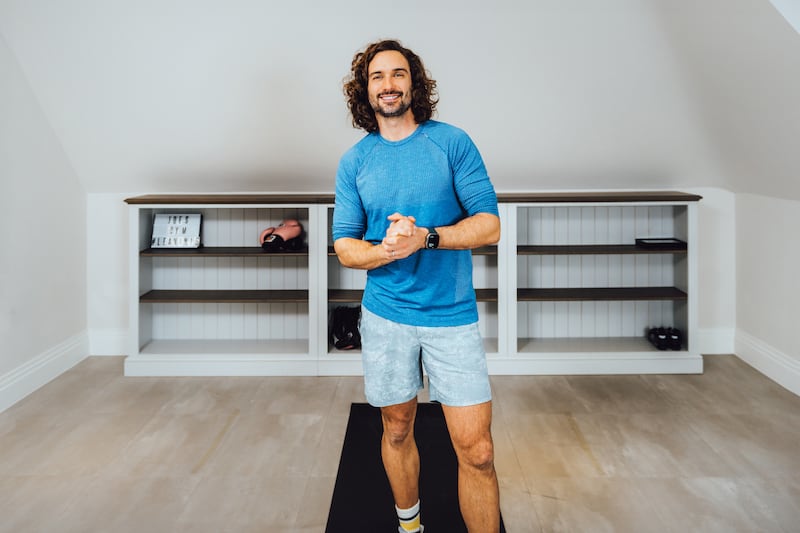SIT DOWN, STAND UP
Sit on a chair and put your weight on one leg. Try to stand up and sit down again as many times as you can. This tests the strength of your leg muscles, which are crucial for maintaining mobility. Focus on matching or improving the number you can do.
TOE-TOUCH TEST
Sit on the floor with your back against a wall. Bend forward to touch your toes. If you are over 40 and can’t get near them, you could be more at risk of heart disease. A 2009 study in Japan found that middle-aged and older people with poor flexibility also had stiff arteries (maybe due to less movement of blood and oxygen in the body, including to the heart).
FIND THE IDEAL EXERCISE FOR YOU...
GET a piece of chalk. Stand side-on to a wall and reach up as high as you can with the hand closest to the wall. Chalk a line. Then stand a little away from the wall, jump as high as possible and mark where you reach – try this three to five times.
Measure the distance between the first point and the highest point.
Our muscles contain two types of fibres, which control the type of movement we do best. This test can give a clue as to which type dominates in your body.
A gap of more than 50cm for men or 41cm for women means you are likely to have more fast-twitch fibres; a smaller jump means more slow-twitch fibres.
Fast-twitch types are generally better at explosive exercise, such as sprinting or tennis; slow-twitch types usually do better at endurance exercise, such as long-distance running or cycling.








